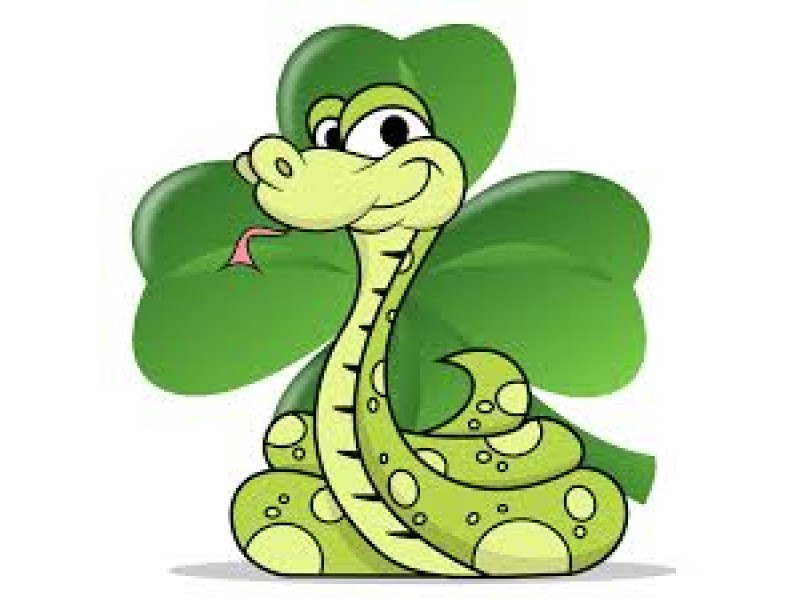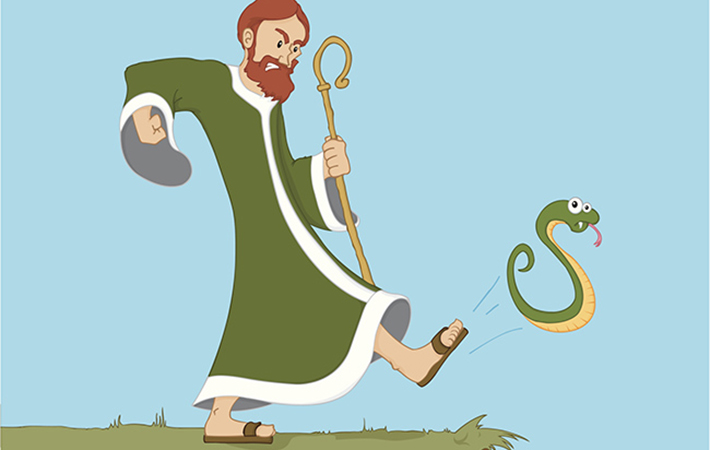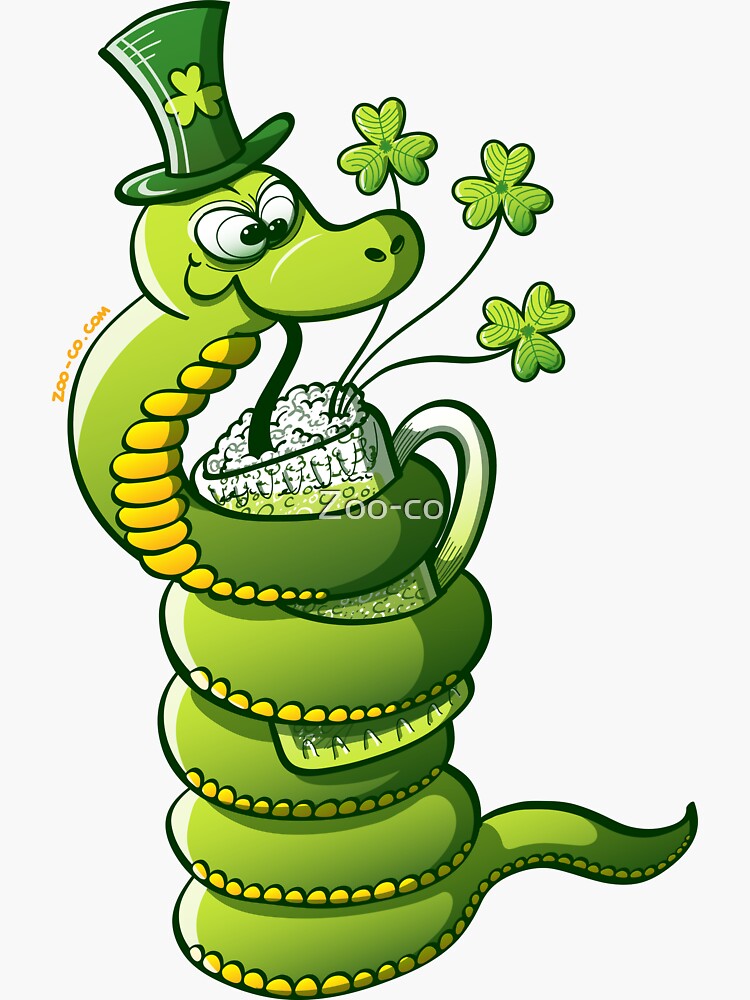Gallery
Photos from events, contest for the best costume, videos from master classes.
 |  |
 |  |
 |  |
 |  |
 |  |
:max_bytes(150000):strip_icc()/detail-st-patrick-174626279-57cabbe55f9b5829f4d2ce1f.jpg) |  |
St. Patricks Day: Saints, Snakes and Pagans March 12, 2023 Charlotte Wilde. Patheos Explore the world's faith through different perspectives on religion and spirituality! Patheos has the views of How could a good Pagan celebrate St. Patrick driving the “snakes” (i.e. “Druids”) out of Ireland? Why would a Pagan celebrate a day to honor a Christian Saint? I assured everyone that I had not turned my back on my heritage and that I had created a simple Pagan ritual to appropriately celebrate St. Patrick’s Day. Whether you credit him with banishing snakes, bringing Christianity or giving us a bank holiday weekend, St Patrick's Day is undoubtedly an excellent chance to celebrate our small country. Some modern Pagans refuse to observe a day which honors the elimination of an old religion in favor of a new one, and wear a snake symbol on St. Patrick's Day. The idea that Patrick physically drove the Pagans from Ireland in inaccurate; what he did do was facilitate the spread of Christianity. Celebrated concurrently with St. Patrick’s Day on March 17th, All Snakes Day is an homage to Ireland’s pagan heritage, offering a moment to reflect and recognize the island’s rich spiritual past. Pagan author Isaac Bonewits called the day “All Snakes Day”, and penned songs calling for the return of the “snakes” that Patrick is famously attributed with driving out, since many claim Green Chicago River on Saint Patricks Day 2009 – Mike Boehmer from Chicago, IL, USA, CC BY 2.0, via Wikimedia Commons The Lasting Legacy of Saint Patrick. Saint Patrick’s mission to Ireland had a profound and lasting impact on the spread of Christianity across the island. The Druids survived well beyond Patrick’s time, with references to them in Irish law tracts from the 7th and 8th centuries. Even an 8th-century hymn asks for protection against “the magic of women, blacksmiths, and Druids” – proving they were still a recognised force long after Patrick’s time. Did Saint Patrick convert all of Ireland? 8. What were St. Patrick’s written works? St. Patrick wrote two short works: his “Confessio” (a spiritual autobiography) and his “Letter to Coroticus” (a denunciation of the slave trade). 9. What is the significance of St. Patrick’s Day? St. Patrick’s Day commemorates the death of St. Patrick and celebrates Irish culture and heritage. If you feel drawn to honouring Ireland’s pre-Christian traditions, here are some ways to reclaim the spirit of the “snakes” this St. Patrick’s Day: Celebrate the Land: Instead of focusing solely on a saint, use the day to reconnect with nature. One of the most famous stories about St. Patrick is how he used the shamrock to explain the Holy Trinity (Father, Son, and Holy Spirit). He showed that just like a shamrock has three leaves but is one plant, the Trinity is three in one. To this day, the shamrock is a symbol of Ireland and St. Patrick’s Day. Did St. Patrick really drive snakes out of Ireland? Are snakes a metaphor for pagans? We look at historical documents to uncover the truth. One of saint Patrick’s most well-known miracles involves him ridding Ireland of snakes, an easy miracle to claim since Ireland hadn’t had snakes since before the last ice age. Many pagans firmly believe that the snakes in Patrick’s story are actually a metaphor for the druids. “[Tomorrow] is St. Patrick’s Day, a yearly holiday celebrating Ireland’s favorite patron saint. While it’s a big event in Ireland (and used to be a very solemn occasion), in America it’s a green-dyed bacchanal where everyone is ‘Irish for a day’ (let’s not even start on the horridly stupid ‘unofficial’ St. Patrick’s Day celebrations on college campuses). Most scholars agree: the “snakes” Patrick drove out were not animals—but ancient beliefs. In pre-Christian Ireland, the serpent was a symbol of spiritual power—used by druids, pagans, and mystics of the old ways. The myth of Patrick banishing snakes likely represents his mission to displace paganism and convert Ireland to Christianity. All Snakes Day: A St. Patrick's Day Offshoot. Growing up in New York City, St. Patrick's Day was a much anticipated annual event for me. When I became Pagan, however, there seemed to be a bit of a dilemma. Most Pagans loathed the holiday because of the legends associated with it. Now, let’s address the shamrock in the room: St. Patrick’s famous snake eviction party. Historically speaking, scholars widely agree that St. Patrick’s “banishing of the snakes” was actually a metaphor for the removal of old pagan beliefs—particularly Druidic traditions—and the spread of Christianity. St. Patrick is said to have used the shamrock, a three-leafed clover, to explain the Christian concept of the Trinity (Father, Son, and Holy Spirit) to the Irish people. 8. Why is wearing green associated with St. Patrick’s Day? Wearing green on St. Patrick’s Day is associated with Irish nationalism and cultural pride. The Saint and the Serpents: Unraveling the Legend of St. Patrick and the Snakes. The saint most famously associated with driving snakes out of Ireland is St. Patrick.Legend claims he banished all serpents from the Emerald Isle, chasing them into the sea after they attacked him during a 40-day fast. So St. Patrick went around Ireland using his staff to turn shamrocks into leprechauns. The leprechauns ate all the snakes and the potatoes were able to grow again. The people rejoiced and thanked St. Patrick. And that is why we celebrate St. Patrick's day today.
Articles and news, personal stories, interviews with experts.
Photos from events, contest for the best costume, videos from master classes.
 |  |
 |  |
 |  |
 |  |
 |  |
:max_bytes(150000):strip_icc()/detail-st-patrick-174626279-57cabbe55f9b5829f4d2ce1f.jpg) |  |